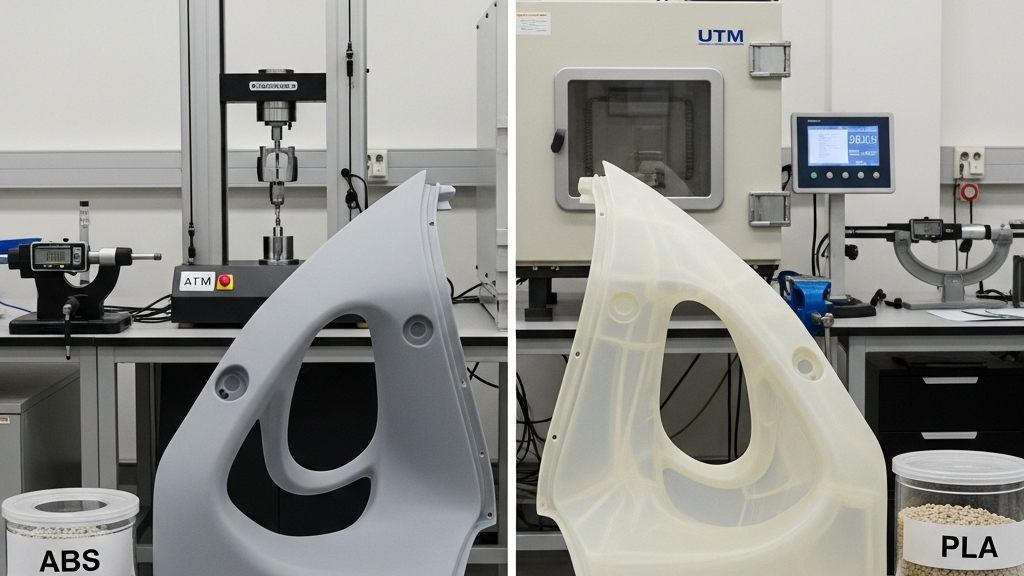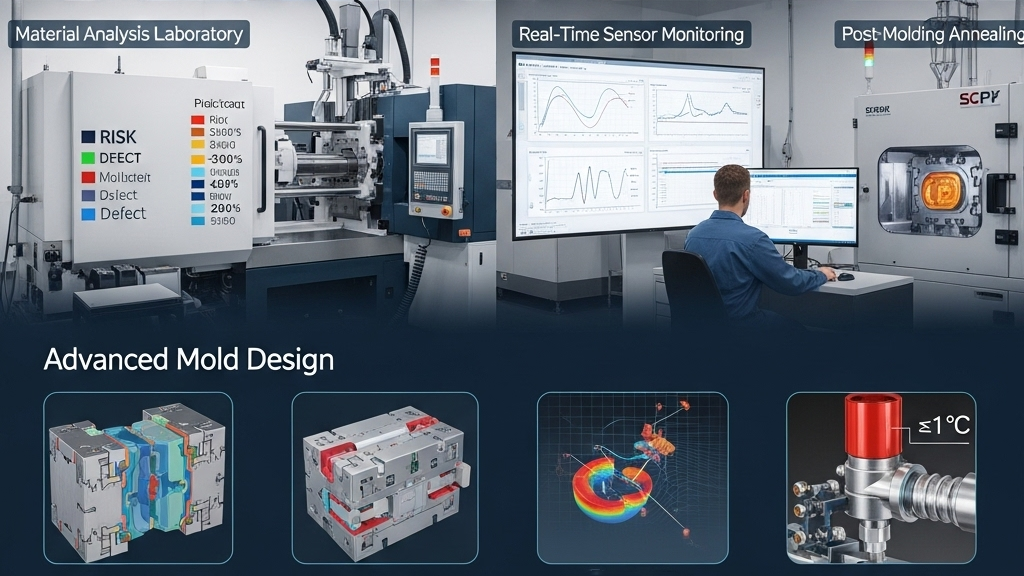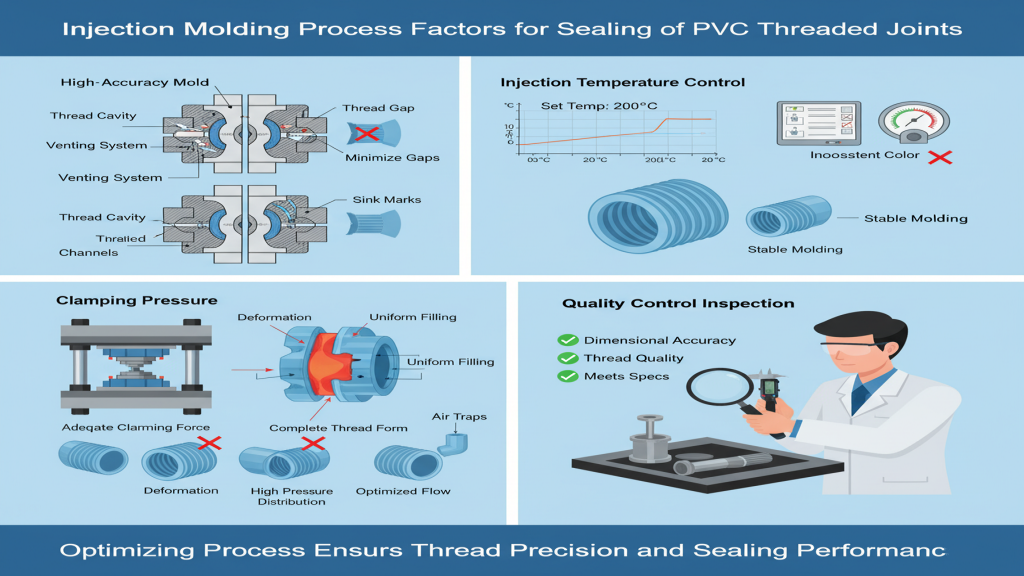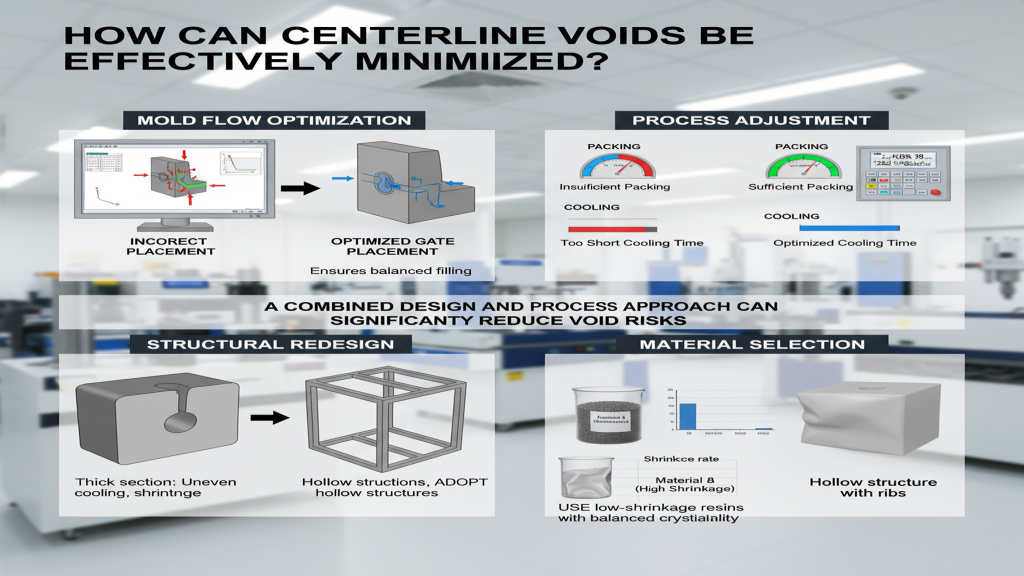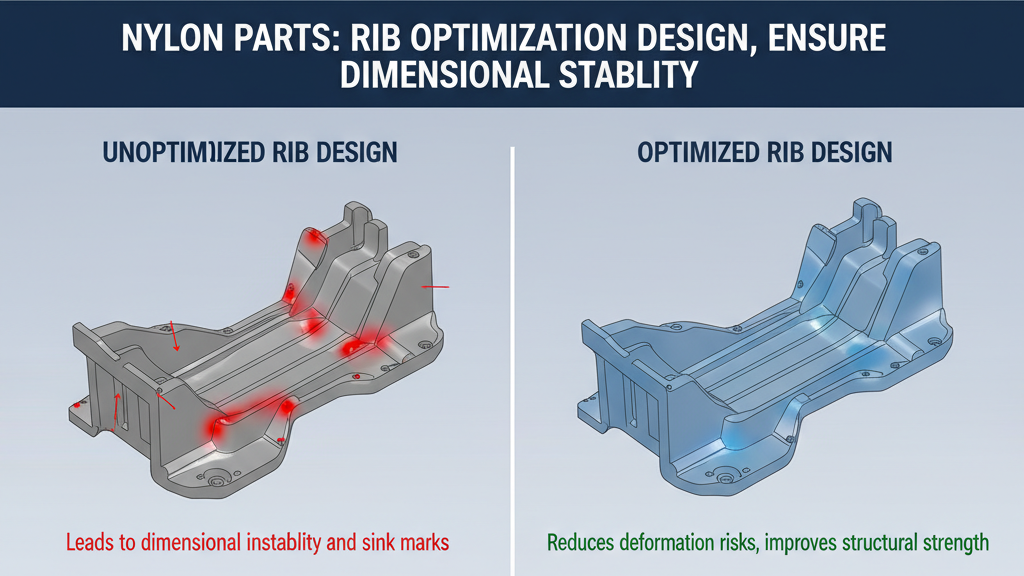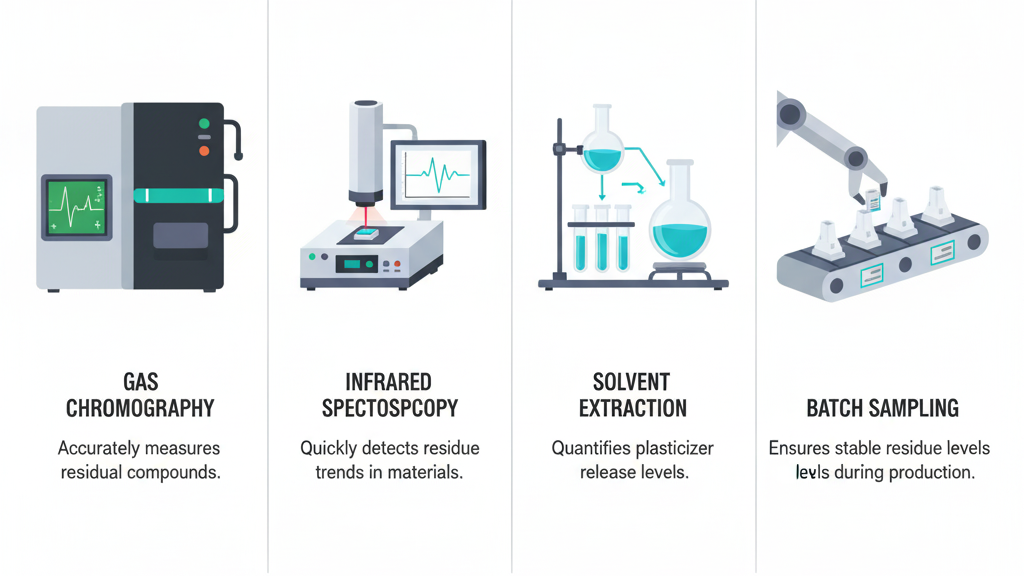
Polycarbonate (PC) is widely used in various industries due to its excellent transparency, impact resistance, and heat resistance. However, its brittleness at low temperatures severely limits its application in cold regions or extreme conditions.
In-depth research and improvement of PC's low-temperature performance have become crucial. Researchers are dedicated to enhancing PC's low-temperature toughness through various methods, such as adding toughening agents and copolymer modification, to overcome its performance defects at low temperatures, thereby expanding its application fields.
What causes polycarbonate (PC) to become brittle at low temperatures?

The performance of polymeric materials faces severe challenges in low-temperature environments. The brittleness exhibited by polycarbonate (PC) at low temperatures not only affects its service life but also limits its applications in cold climates.
- Restricted Molecular Chain Movement: Low temperatures significantly reduce the mobility of polycarbonate molecular chains, preventing them from effectively absorbing impact energy.
- Reduced Free Volume: At low temperatures, molecular chains contract, reducing free volume. This enhances the interaction between molecular chains, decreasing the material's flexibility.
- Stress Concentration: Under low-temperature conditions, stress is difficult to dissipate at defects or cracks, leading to rapid crack propagation.
- Decreased Impact Resistance: Low temperatures restrict the movement of molecular chains, significantly reducing polycarbonate's ability to resist impact loads.
What modification strategies can enhance the low-temperature toughness of PC?

Faced with the low-temperature challenge, researchers are actively exploring various methods to improve the low-temperature performance of PC. From adding toughening agents to introducing nanocomposites, these modification strategies aim to overcome the inherent defects of PC at low temperatures, enabling it to maintain excellent performance even under extreme conditions.
- Adding Toughening Agents: Improve the flexibility and impact resistance of PC, especially at low temperatures, by incorporating elastomers or copolymers.
- Copolymer Modification: Optimize the molecular structure of PC and improve its low-temperature toughness and ductility by copolymerizing it with other polymers that have good low-temperature performance.
- Nanocomposites: Enhance the strength of the PC matrix and improve its low-temperature impact strength and fracture toughness by adding nanoparticles.
- Molecular Structure Design: Regulate the low-temperature performance of PC and optimize its microstructure by controlling the molecular weight, molecular weight distribution, and degree of branching.
What are the advantages and limitations of modification strategies in applications?

From the addition of toughening agents to the application of nanocomposites, various modification strategies offer multiple choices for improving the low-temperature performance of PC. However, issues such as cost, processing difficulty, and performance balance necessitate weighing various factors in practical applications. Therefore, a comprehensive understanding of the advantages and disadvantages of these modification strategies is crucial.
- Adding Toughening Agents: Simple and effective, but may sacrifice some transparency and heat resistance.
- Copolymer Modification: Fundamentally optimizes low-temperature performance, but the process is complex and costly.
- Nanocomposites: Significantly enhances low-temperature impact strength, but dispersion and cost are challenges.
- Molecular Structure Design: Customizes and optimizes performance, but requires in-depth understanding and advanced technology.
Overview of modification methods, advantages and limitations
| Modification Method | Advantages | Limitations |
|---|---|---|
| Additives (Tougheners) | Simple operation, low cost, improved impact strength | Reduced transparency, precise control needed, compatibility issues |
| Copolymer Modification | Optimized molecular structure, improved toughness & elongation | Complex process, high cost, performance varies by monomer |
| Nanocomposite Materials | Enhanced impact strength, improved matrix strength | Dispersion challenge, high cost, potential transparency impact |
| Molecular Design | Precise performance control, optimized microstructure | High technical requirements, high cost |
Research Directions for Low-Temperature Performance of PC
Polycarbonate (PC) has a wide range of applications in various fields due to its excellent comprehensive performance. However, its brittleness in low-temperature environments limits its application scope. Therefore, the research on the low-temperature performance of PC has significant scientific and application value.
- Development of Novel Toughening Agents: Exploring new materials with higher low-temperature toughening efficiency to enhance the low-temperature toughness of PC.
- Optimization of Copolymer Modification Technology: Researching new comonomers and methods to prepare PC copolymers with superior low-temperature performance.
- Innovative Application of Nanocomposites: Developing new nanoparticles and dispersion techniques to improve the low-temperature performance of PC.
- Application of Molecular Simulation and Big Data in Material Design: Utilizing advanced technologies to accelerate the development of new PC materials.
Conclusion
Through in-depth research and continuous improvement of the low-temperature performance of PC, we can better leverage its application potential in various extreme environments, thereby promoting the development of related industries.
For expert assistance in implementing for your production needs, visit our resource center or contact us. Let’s help you scale up your manufacturing with precision and efficiency!

